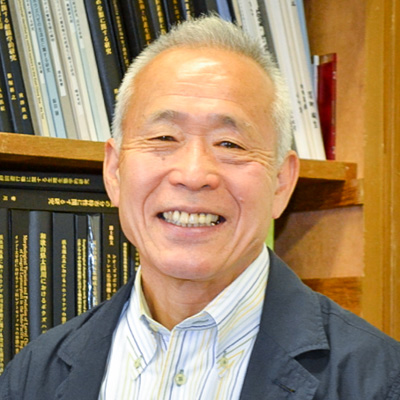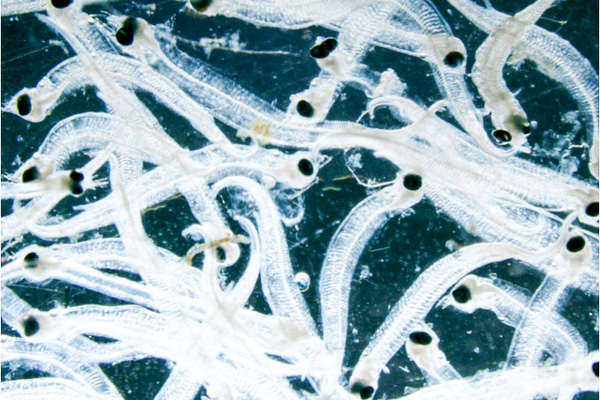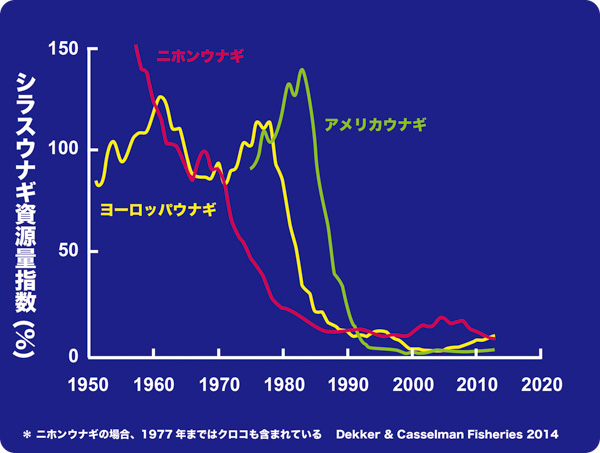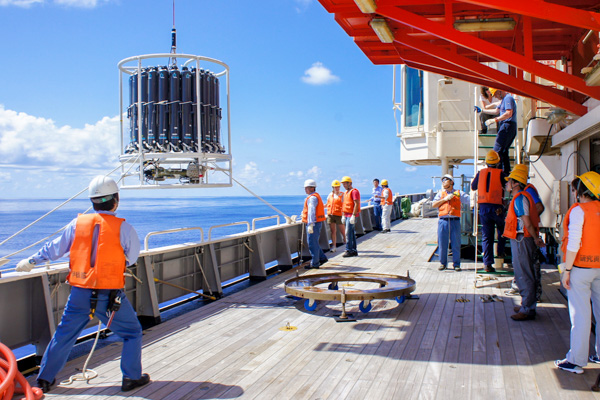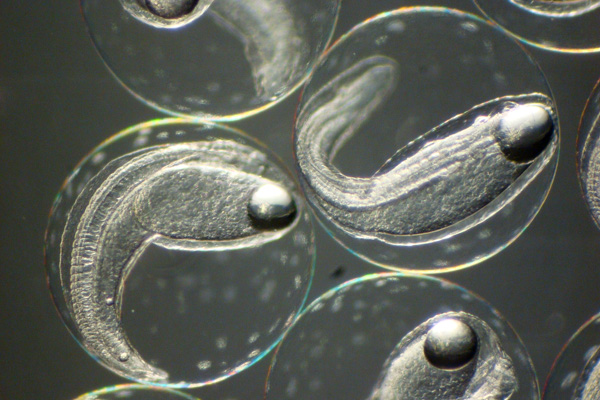Message from Katsumi Tsukamoto
Since when have we been eating eels? Most probably, we have been utilizing eels as a food source ever since our ancestors encountered eels on the river shores at a time when we descended from the trees of the forests of Africa to the ground.
The origin of eels is said to go back to several million or even 100 million years. Compared to the several-million-year history of mankind, eels are some of the most primitive creatures on earth.
However, the standing stock of eels has been decreasing globally. One of our precious food resources will be depleted unless we clarify the causes of the population decline and provide proper conservation measures.
To conserve the eel population, Japanese eel researchers and people from the eel industries established "the East Asia Eel Society” in 1998 with scholars and persons concerned in Taiwan, Korea, and China. For the past 19 years, we have conducted various activities including an annual meeting for sharing information among members, in addition to research workshops and monitoring surveys of glass eels, called the Eel River Project, to conserve Japanese eels and to pass on the traditional eel-eating culture.
In addition, we have held a public symposium, called "The Future of Unadon," on the midsummer day of the ox every year to provide an opportunity to stay abreast of the latest scientific information in our society as well as to share the problem of the decline in eel stocks, because the decline in the glass eel population has been a major social concern.
Furthermore, we have been committed to activities directly linked to the conservation of eels, such as making an urgent proposal on the decline in the amount of Japanese eel resources and a statement on the listing of the Japanese eel on the IUNC Red List of Threatened Species.
However, these activities have not always produced remarkable effects on conservation and the sustainable use of Japanese eels.
One of the reasons for this is because eels migrate thousands of kilometers in the ocean. The Japanese eel is a global resource in many East Asian countries that have different conservation policies on the species, making it difficult to take effective administrative measures. In addition to environmental degradation in rivers, lakes, wetlands, river mouths, inland bays, and other eel habitats during the high economic growth period, the problem can also be attributed to the slow restoration of the decreased number of their habitats.
Furthermore, global warming, El Niño, and the other uncontrollable global natural phenomena contribute to the declining amount of eel resources, causing difficulties in the recovery of the eel population. Above all, the biggest factors for the decline in eel population are our continued mass consumption of eel because of its fascinating taste, and repeated overfishing and illegal economic activities due to its high market value.
On the other hand, eels have also been attracting people’s interest.
There have been a lot of questions about eels: where do eels, which live in rivers and ponds, spawn? How do male and female eels meet in the vast open ocean? Why do eels need to migrate thousands of miles?
For the researcher, an eel is a very attractive research object. There are many problems related to eels that remain to be solved, although eel research has progressed in the past decade.
Monitoring surveys over a long period of time are necessary for increasing the eel population and predicting the future yield of eels, which is important for practical resource management.
Finally, in order to achieve successful conservation and sustainable use of eels, it is necessary to establish a long-term plan for conservation of eels throughout its entire lifecycle based on a comprehensive understanding of eels.
The comprehensive understanding of eels does not involve just the understanding of eels and their environment from the aspect of natural science.
Rather, it also includes a broad but deep understanding of eels, which is obtained from research on social and scientific problems related to eels in society, economy, and distribution as well as cultural science including folk tales, beliefs, languages, and arts showing the relationships between eels and humans. In other words, it is necessary to develop an Eel Science, which integrates all the sciences related to eels.
For further development of eel research, we have established an organization called the East Asia Eel Society, which was based on its precursor, the East Asia Eel Resource Consortium.
The aim of our society is to contribute to the development of eel research in various fields of natural science, social science, humanities, and to promote Eel Science, which is the comprehensive science of eels. We broaden the latest knowledge of eel research discussed at the East Asia Eel Society, and share a comprehensive understanding of eels throughout our society.
We conduct necessary activities to accomplish the aim of our society, including, for example, holding academic lectures and an annual meeting as well as publishing a newsletter.
We hope that EASEC provides a platform for discussing eels among all people who love to eat eels, are interested in catching eels, are related to the eel industries, and study eels. In addition, we hope that EASEC contributes to promote a better understanding of the relationship between humans and eels and to share it widely throughout our society.
We expect that the activities of EASEC will contribute to the development of eel science and the sustainable use of eels. An academic society should keep steadily evolving to the extent that the academic field exists. We hope that EASEC will last forever as a peaceful and abundant millennium kingdom together with our treasured eels on Earth.
Profile of the Honorary President
Katsumi Tsukamoto, PhD
Born on November 9, 1948. Marine ecologist and professor emeritus at The University of Tokyo. Specialized in ecology of fish migration and long engaged in research on the Japanese eel’s spawning ground.
Publication in English: "Eel Biology"(Springer), "Eels and Humans"(Springer)
Awards: Pacific Science Association The Shinkishi Hatai Medal, The Duke of Edinburgh's Award of The Japan Academy (June 2012)


